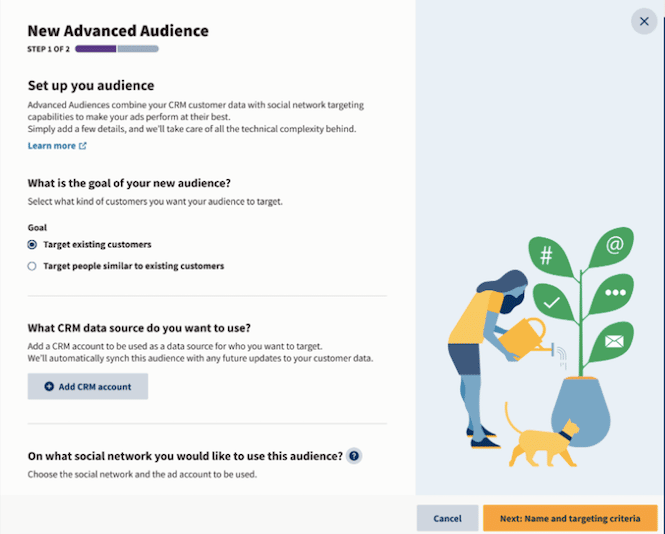Gold costs have hit a notable high, arriving at an unsurpassed high of $2,069.21 per ounce in August 2020. The precious metal has been on an upward trend since the start of the year, and many experts attribute the rise to economic uncertainty caused by the COVID-19 pandemic.
The pandemic has impacted the worldwide economy in various ways, including employment misfortunes, store network disturbances, and diminished shopper spending. Subsequently, financial backers have been looking for places of refuge resources, for example, gold to safeguard their abundance from market instability.
Notwithstanding the pandemic, strains between the US and China have likewise added to the ascent in gold costs. The two superpowers have been engaged in a trade war, and recent developments have increased concerns about a potential global recession.
Despite the high prices, experts believe that gold is still a good investment. The valuable metal has a long history of holding its worth, and it isn’t impacted by expansion similar that government-issued types of money. In the midst of financial vulnerability, gold is viewed as a solid store of significant worth.
Numerous financial backers are going to gold ETFs as a method for putting resources into the valuable metal. These exchange-traded funds allow investors to gain exposure to gold without actually owning physical gold. Instead, they hold shares in the ETF, which is backed by physical gold.
While the excessive costs might be uplifting news for gold financial backers, they are not really uplifting news for the more extensive economy. Rising gold prices can indicate economic instability and uncertainty, which can have negative effects on consumer confidence and spending.
In conclusion, gold prices have reached an all-time high due to economic uncertainty caused by the COVID-19 pandemic and tensions between the United States and China. Notwithstanding the exorbitant costs, gold is as yet seen as a solid interest in the midst of financial vulnerability.













